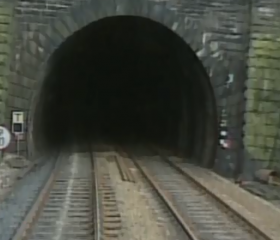The Elizabeth Line: Transforming London’s Transportation System

Introduction
The Elizabeth Line, a highly anticipated addition to London’s extensive transport network, officially opened on May 24, 2022. Named after Queen Elizabeth II, this £19 billion project aims to significantly enhance connectivity across the capital and its surrounding areas. With its improved accessibility and efficiency, the Elizabeth Line is set to transform the daily commute and has broader implications for London’s economy and urban development.
Key Features and Developments
The Elizabeth Line stretches over 60 miles from Reading in the west to Shenfield in the east, passing through central London. It connects major transport hubs such as Paddington, Liverpool Street, and Canary Wharf, providing seamless interchanges between the Elizabeth Line and other key lines, including the Tube, Overground, and national rail services.
Since its opening, the line has been praised for its modern trains, which are equipped with state-of-the-art features like air-conditioning, Wi-Fi, and spacious interiors. The service frequency ranges from every 5 minutes during peak times to every 15 minutes off-peak, making it a reliable option for commuters.
Impact on Commuters and the Economy
The arrival of the Elizabeth Line is expected to reduce travel times significantly, with some journeys across London being cut in half. For instance, the trip from Paddington to Abbey Wood will reduce from over an hour to approximately 29 minutes. This has made commuting more attractive and convenient for both daily workers and leisure travelers.
Moreover, the availability of faster transit options is anticipated to spur economic growth in previously under-served areas. Zones along the Elizabeth Line have seen renewed interest from developers, potentially leading to 55,000 new homes and thousands of jobs. This is particularly crucial as London continues to grapple with housing shortages and the need for sustainable urban planning.
Challenges and Future Outlook
Despite the positive developments, the Elizabeth Line is not without challenges. Initial operational issues and service disruptions were reported following the launch. However, these have been progressively addressed as Transport for London (TfL) fine-tunes operations. Future enhancements to the line may include further integration of ticketing systems and additional services to meet demand.
Conclusion
As the Elizabeth Line becomes fully integrated into London’s transport fabric, it holds the promise of making commuting more efficient while stimulating economic growth. For Londoners and visitors alike, the introduction of this line not only signifies improved travel options but also ushers in a new era of urban mobility that is poised to reshape how people navigate the capital.








